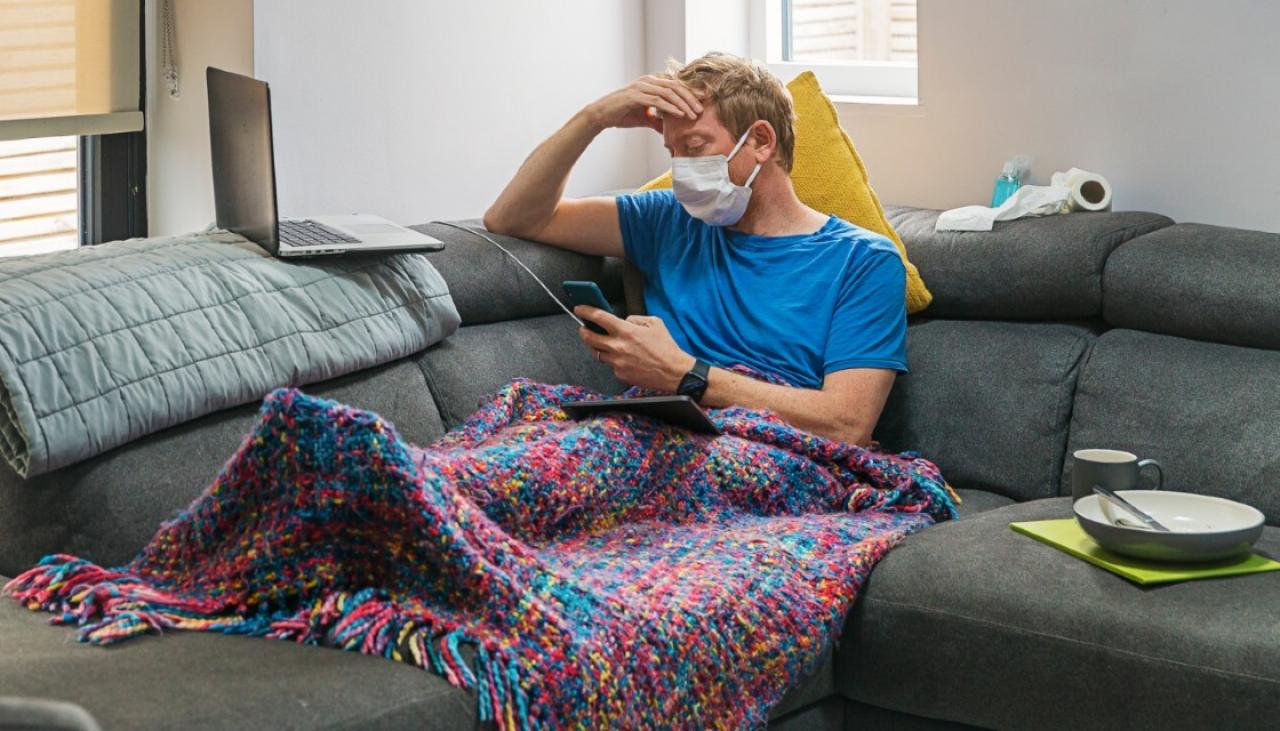RIO DE JANEIRO, BRAZIL – As the number of deaths and infections from the novel coronavirus increases and countries such as Italy and Spain increase their death toll, another less publicized and much more encouraging statistic is growing: those who are cured.
Worldwide, at least 100,000 people have recovered from the disease, according to a study by John Hopkins University in the United States.

The study was released this week. The result corroborates data from the World Health Organization (WHO) that 80 percent of infected people recover only through normal therapy, without the need for hospitalization and use of a ventilator (between five and six percent).
The cured are men and women, young people, adults and the elderly, who showed varied symptoms, from cough and shortness of breath to loss of smell.
After a period of complete isolation, without leaving the house-including the youngest – they report the pleasure of returning to day-to-day activities, such as being with friends and family. Some are adamant: for them, social isolation is still necessary, even after the cure, to prevent the pandemic from advancing alarmingly as in other countries.
“The worst symptom is fear,” says Daniela Teixeira, a 48-year-old attorney and federal counselor of the Brazilian Bar Association (OAB), who contracted the Covid-19 at the National Conference of Women Attorneys, held in Ceará on March 5th and 6th.
“I was honored at the conference, but it’s not worth the risk and despair I experienced afterwards. I should have remained at home.” She underlines the WHO recommendation that people should not leave their homes at this time.
“It’s very difficult to be contaminated by a plague, something that has stopped the world, and to think that your condition could worsen, that you could contaminate loved ones around you,” she says.
Daniela’s tone of voice, however, is no longer of great concern. On Tuesday, she received her last test result and she is no longer sick. The Federal District Health Department, where she lives, recommended total isolation until March 31st, as a precaution. After that, normal life.
With the increase in demand for coronavirus tests, many infected people are unable to take another test at the end of the quarantine. According to the Ministry of Health, the advice for those who test positive is to respect the 14-day isolation period. Later, if they have no more symptoms, they may then follow the same rules as the remainder of the population.

This was the case of Laísa Nardi, from São Paulo, 22 years old. In February, after returning from a trip through Italy and Spain, she developed a cough, shortness of breath and body pain. “I thought the pain was from carrying the backpack on my back,” she said. She reveals a widespread feeling among people: “I didn’t think it could happen to me”.
A few days after seeking medical attention, Laísa tested positive for the novel coronavirus. She was in isolation with her ex-boyfriend, with whom she had come in contact after the trip, when she moved out of his house.
“I was quarantined with the ex,” she joked. “The day my quarantine ended, I walked 15 kilometers in the noon sun by myself to make sure I wasn’t locked up anymore.” Laísa went back to work. “But I avoid leaving home as much as possible. I go to work because I need to.
At 21, Jacqueline Hibner feels the same way. She studies Hospitality and Nutrition in New York. She returned to Brazil when her lessons began to be taught online. Shortly after, she experienced headache and nausea. She was out of the risk group. She never developed a fever, but the diagnosis was the same: coronavirus.
Jacqueline followed the 14 days of isolation strictly, even when she stopped showing symptoms, and she still spends most of her time at home. “We must be careful. Being on the streets now is selfish,” she says. “We must stay home so as not to spread the virus. For some people it may be mild, but it can attack others and be fatal.” She knows that young people can be hosts and pass the virus on to others.
Orthopedist Roberto Ranzini, 54, said he wants to volunteer to work in some field hospital after ending his quarantine.
He works at the Albert Einstein Israeli Hospital in São Paulo, where the first case of the disease in the country was diagnosed, and said he believes he may have contracted the virus from some patient.
No longer displaying the initial symptoms which, in his case, included lethargy and decreased sense of smell, Ranzini continues to comply with the recommended isolation. “We must be aware of the significance of isolation, otherwise there will be an explosion of cases and our health system will not be able to cope.”
Although there are no studies on what happens to patients after they are cured, his hope is that by the end of quarantine, when he intends to return to the front line, he will be immunized. According to infectologist Paulo Olzon, once the person has recovered from the coronavirus, there are no restrictions. “It’s normal life.”
Monitoring
The São Paulo State Health Secretariat said it lacks data on cured patients and said patient monitoring is performed by city governments. The Municipal Health Secretariat did not detail how it has monitored cases of recovered patients.
The Ministry of Health said it is still working on consolidating this data, before releasing any data.
Source: O Estado de S. Paulo

